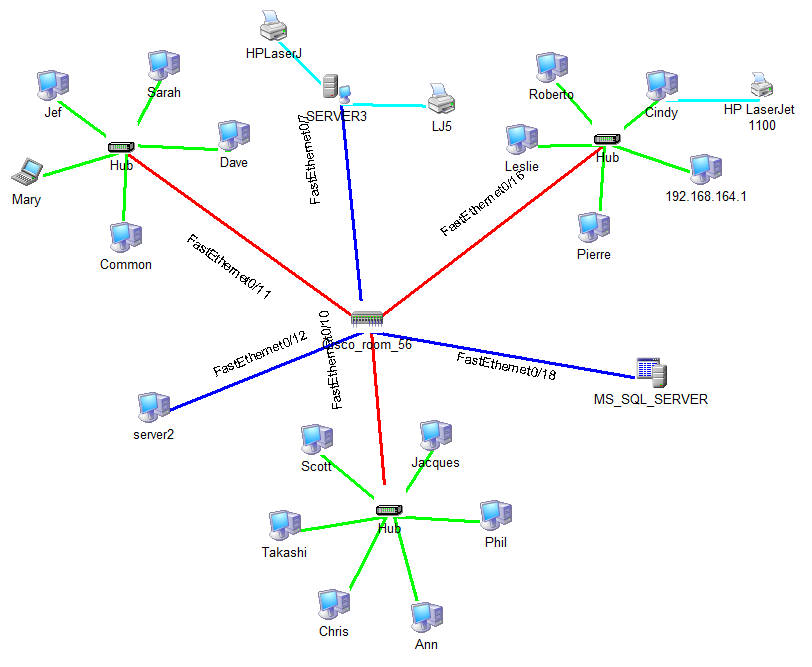

To access to network cameras and network DVR, there are generally two ways. The application would be exposed to the user at :1234.Access to network camera via port mapping in Internet If you would like to change the exposed port, you should do so within your Dockerfile.įor example, if the Dokku installation is configured with the domain and an application named node-js-app is deployed with following Dockerfile: FROM ubuntu:18.04 Applications using EXPOSEĭokku will extract all tcp ports exposed using the EXPOSE directive (one port per line) and setup nginx to proxy the same port numbers to listen publicly. If you would like to investigate alternative proxy methods, please refer to our proxy management documentation. UDP ports can be exposed by disabling the nginx proxy with dokku proxy:disable myapp. At this time, we do not support proxying plain TCP or UDP ports. Dockerfileĭokku's default proxy implementation - nginx - supports HTTP and GRPC request proxying. If you do not respect the PORT environment variable, your containers may start but your services will not be accessible outside of that container. We will typically set this to port 5000, but this is not guaranteed. Buildpacksįor buildpack deployments, your application must respect the PORT environment variable. Warning: If you set a proxy port map but do not have a global domain set, Dokku will reset that map upon first deployment. To inspect the port mapping for a given application, use the proxy:ports command:ĭokku proxy:ports-remove node-js-app http:80 Port management by Deployment Method Note: This default behavior will not be automatically changed on subsequent pushes and must be manipulated with the proxy:ports-* commands detailed below. Dockerfile apps with explicitly exposed ports will be configured with a listener on each exposed port and will proxy to that same port of the deployed application container. using the EXPOSE directive) will be configured with a listener on port 80 (and additionally a listener on 443 if ssl is enabled) that will proxy to the application container on port 5000. This mapping is currently supported by the built-in nginx-vhosts plugin.īy default, buildpack apps and dockerfile apps without explicitly exposed ports (i.e. You can now configure host -> container port mappings with the proxy:ports-* commands. Overriding this manually may cause issues in application routing. Dokku will use port mappings to set this value. Users should also avoid setting the PORT environment variable. Please consult the documentation for those softwares as applicable.
#Network port map software
Such software includes - but is not limited to - AWS Security Groups, iptables, and UFW. Warning: Mapping alternative ports may conflict with the active firewall installed on your server or hosting provider. In the future this will allow other proxy software - such as HAProxy or Caddy - to be used in place of nginx. Dokku 0.6.0 introduced the ability to map host ports to specific container ports. In Dokku 0.5.0, port proxying was decoupled from the nginx-vhosts plugin into the proxy plugin. Proxy:ports-set :: # Set proxy port mappings for an app Proxy:ports-remove # Remove specific proxy port mappings from an app

Proxy:ports-clear # Clear all proxy port mappings for an app Proxy:ports-add :: # Add proxy port mappings to an app New as of 0.5.0, Enhanced in 0.6.0 proxy:ports # List proxy port mappings for an app


 0 kommentar(er)
0 kommentar(er)
